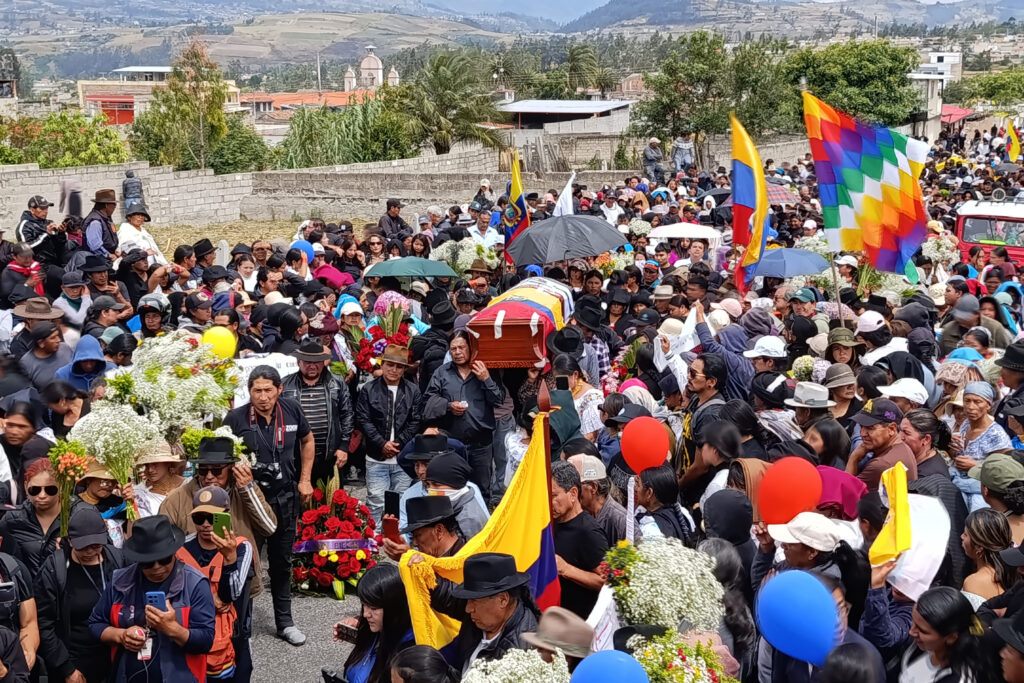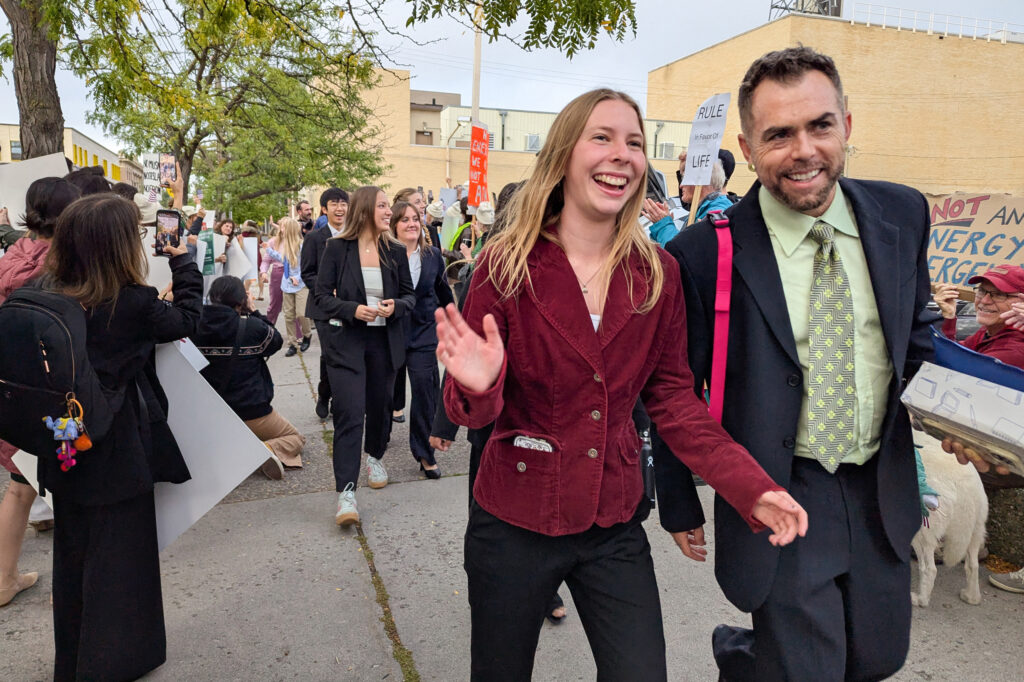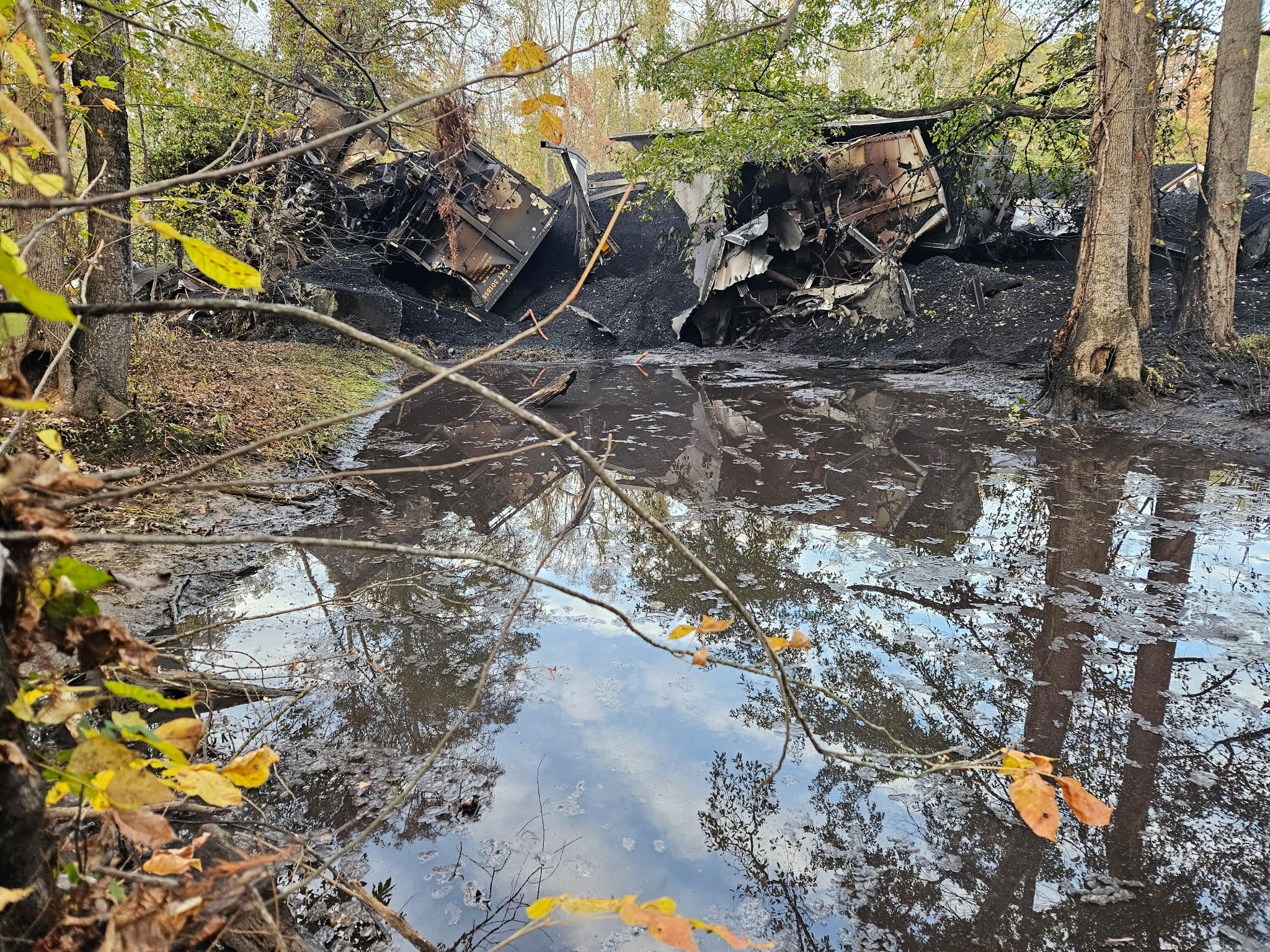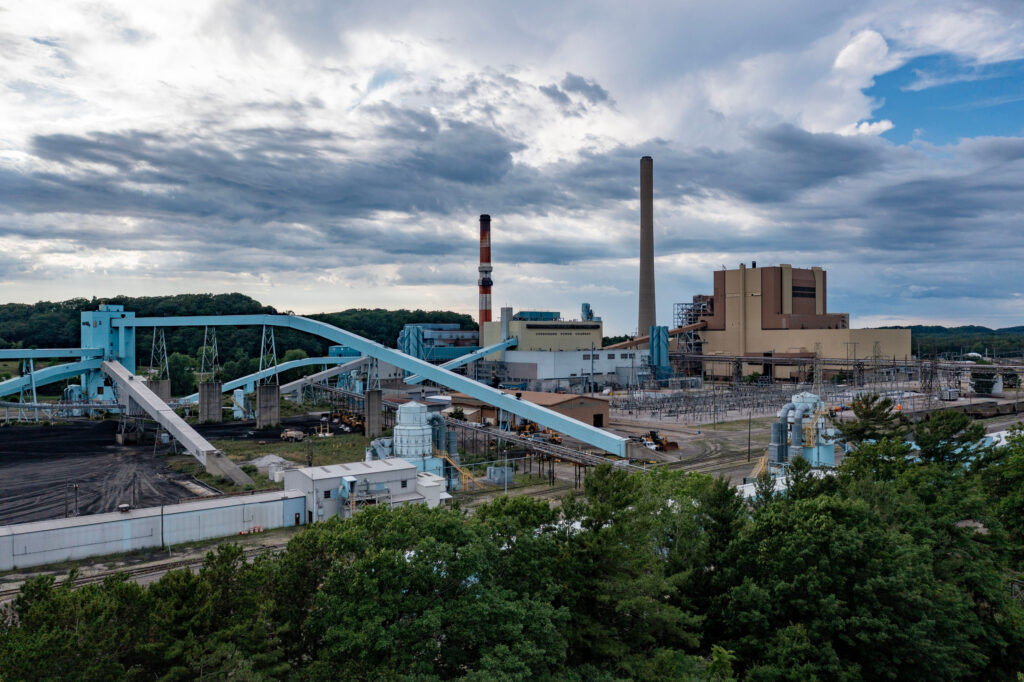In Richmond, California, Zenaida Gomez is ready to say goodbye to the gas stove in the apartment she has rented for over a decade. She has a hunch that the pollution it emits is exacerbating her 10-year-old son’s asthma attacks, and she has heard from public health experts and doctors who’ve said it probably is.
“I’ve learned that not only do we have contaminated air when we are outside in Richmond, but there’s contamination and toxins within our homes,” Gomez said in a recent phone call.
She started attending City Council meetings and organizing with her neighbors as a member of the Alliance of Californians for Community Empowerment (ACCE) Action, because, she said, “I wanted something different. I wanted something better.”
But ACCE Action’s goal isn’t simply to get rid of gas stoves. In a city where about one in four people—nearly double the national average—suffer from asthma due in large part to pollution from heavy industry, the group wants to shut off or “prune” the lines that send natural gas into homes in some neighborhoods. The phenomenon is called “neighborhood-scale decarbonization,” and it’s just getting off the ground in California.
We’re hiring!
Please take a look at the new openings in our newsroom.
See jobs
Pacific Gas & Electric, the utility in the area, is on board with the idea. It has expressed a willingness to spend a portion of the money it would otherwise use to maintain gas lines to help electrify the homes in the neighborhood that will no longer use the gas.
David Sharples, county director at ACCE Action, says the group is looking at different neighborhoods that PG&E has identified as likely candidates. Once the group chooses an area, it plans to run a pilot project with the goal of electrifying all the appliances and adding solar panels and batteries for up to 80 homes.
“We’re looking at the Coronado, Iron Triangle and Santa Fe neighborhoods, which are working class, Black and brown neighborhoods where ACCE has been organizing for years,” Sharples said. “They all have old gas lines that need to be replaced, so it represents an opportunity to electrify.”
To understand the appeal of neighborhood-scale decarbonization, which is also sometimes called “zonal decarbonization,” it helps to be able to envision the vast network of gas pipelines that exist under most cities in the Western U.S. That network holds a potentially explosive gas, and it requires constant, expensive upkeep.
California has pledged to install 6 million heat pumps by 2030 as part of its larger effort to reach net zero by 2045. And while a rule will begin going into effect in the Bay Area in 2027 requiring that broken water heaters and furnaces be replaced by electric appliances, a similar rule was just rejected in Southern California.
Experts say a large-scale effort just makes more sense than a piecemeal approach in many parts of the state. And as dramatic as it might sound to transition a whole block or neighborhood off gas at once, the approach may also cost less overall and make it easier to employ people fairly.
Neighborhood-scale decarbonization has also been popular with lawmakers. Last fall, the California Legislature voted to adopt SB 1221, a bill that will enable up to 30 neighborhood-scale projects of this type over the next five years.
The catch is that most residents in the neighborhoods must agree to the change. While the state’s obligation to serve currently requires 100 percent approval, SB 1221 will lower the threshold to 67 percent as the pilot projects start rolling out. Several groups have begun the work of educating communities about the benefits of the switch.
In Albany, a city of about 20,000 people north of Berkeley, Michelle Plouse, the city’s community development analyst, has spent the last few years working with PG&E to pilot one of the first neighborhood-scale projects in the state. Using the gas line mapping tool developed by the utility, Plouse and other city staff worked with the Albany City Council to identify 12 potential blocks. This spring, they narrowed it down to three.
The goal, Plouse said, is to find blocks that are easier to electrify while also focusing on lower-income parts of the city, where residents are less likely to be able to afford to electrify.
“What will happen if we don’t decommission the gas line is that the cost of maintaining it will continue to increase over time, and the user base will drop as people electrify,” said Plouse. “The folks who don’t have the money to electrify will be stuck on gas that will get more expensive every year.”
The City of Albany received a grant from the U.S. Department of Energy for the project, and they’ve used the funds to support an outreach plan that involves a block party, a focus group and a team that goes door-to-door in hopes of talking to everyone on the three blocks. “It’s going to be a lot of listening and a lot of connecting with different people,” said Plouse.

Rachel Wittman, a senior strategic analyst at PG&E, said the utility provided a letter of commitment in support of Albany’s DOE grant, but it won’t be providing financial support for the project.
Although the California Public Utilities Commission is soliciting interest from communities that want to take part in the SB 1221 pilot program, a spokesperson for the commission said it won’t have a list of potential sites until the second half of 2026, at the soonest.
The Albany project will begin before then, so it won’t likely be considered one of the 30 pilots, and Plouse said they’re hoping to get 100 percent of the residents to sign on. “What’s most likely is that we continue serving as a kind of first test run that can provide information for those pilots,” she said. If that doesn’t work, they may decide to wait until they only need 67 percent resident approval.
“Albany’s learnings from their efforts in community outreach and advocacy during this project will provide valuable insights that can inform zonal electrification outreach strategy,” said Wittman. “This applies not just for SB 1221 and PG&E, but for any utility or community.” She said over three dozen cities, counties and other energy providers have reached out to the utility with interest in zonal decarbonization.
ACCE Action and others in Richmond hope its neighborhood-scale project—dubbed Clean Energy and Healthy Homes—will be included in the list of pilot projects, and it appears to have a good chance at making the list. If they’re able to decommission a gas line there, Sharples estimates that it could cost as much as $15 million to upgrade and electrify homes spanning a few different neighborhoods and provide them with solar power. He hopes PG&E will cover around 10 percent of that cost.
The Richmond City Council approved the effort in early 2024, but the remaining funding is still in question. Chevron, whose local refinery has been a major polluter for more than a century, entered into a settlement with the city for $550 million over the next 10 years to avoid paying a per-barrel tax on the oil it produces. ACCE Action wants to see a portion of that money spent on the neighborhood-scale project. The group has been hosting community events and engaging community members like Gomez.


Tim Frank, a representative of the Building and Construction Trades Council in the county, wants to see the project move forward because it could also create a model for so-called high-road work in the home electrification space. Currently, unionized workers tend to do larger electrification projects, while one-off residential projects are done by smaller companies not affiliated with unions. While some pay their workers well, many hire temporary laborers and keep wages low.
Electrifying all the homes on one block allows for the efficiency and stability associated with larger projects while benefiting individual families. It’s also more cost-efficient because it allows for bulk purchases of supplies.
It’s a worthwhile experiment, Frank said. “We’re engaged, partly because we see the huge promise of this strategy and we want to help prove out the model and scale it up,” he added.
For Gomez, who has been talking to her neighbors about the possibility that all their homes could be upgraded and electrified at once, the biggest barrier is convincing them that it’s not a scam. Richmond’s low-income communities have seen their share of companies that go door-to-door trying to extract money from people who are stretched thin and working multiple jobs. Some clean energy providers have turned out to be imposters.
“It’s something they’ve never heard of before. So, people ask: Is this a real thing? Can it actually happen?” And she tells them that yes, if the plan goes as a growing number of people hope it will, it just might.
This story was produced with support from the Climate Equity Reporting Project at Berkeley Journalism.
About This Story
Perhaps you noticed: This story, like all the news we publish, is free to read. That’s because Inside Climate News is a 501c3 nonprofit organization. We do not charge a subscription fee, lock our news behind a paywall, or clutter our website with ads. We make our news on climate and the environment freely available to you and anyone who wants it.
That’s not all. We also share our news for free with scores of other media organizations around the country. Many of them can’t afford to do environmental journalism of their own. We’ve built bureaus from coast to coast to report local stories, collaborate with local newsrooms and co-publish articles so that this vital work is shared as widely as possible.
Two of us launched ICN in 2007. Six years later we earned a Pulitzer Prize for National Reporting, and now we run the oldest and largest dedicated climate newsroom in the nation. We tell the story in all its complexity. We hold polluters accountable. We expose environmental injustice. We debunk misinformation. We scrutinize solutions and inspire action.
Donations from readers like you fund every aspect of what we do. If you don’t already, will you support our ongoing work, our reporting on the biggest crisis facing our planet, and help us reach even more readers in more places?
Please take a moment to make a tax-deductible donation. Every one of them makes a difference.
Thank you,

















